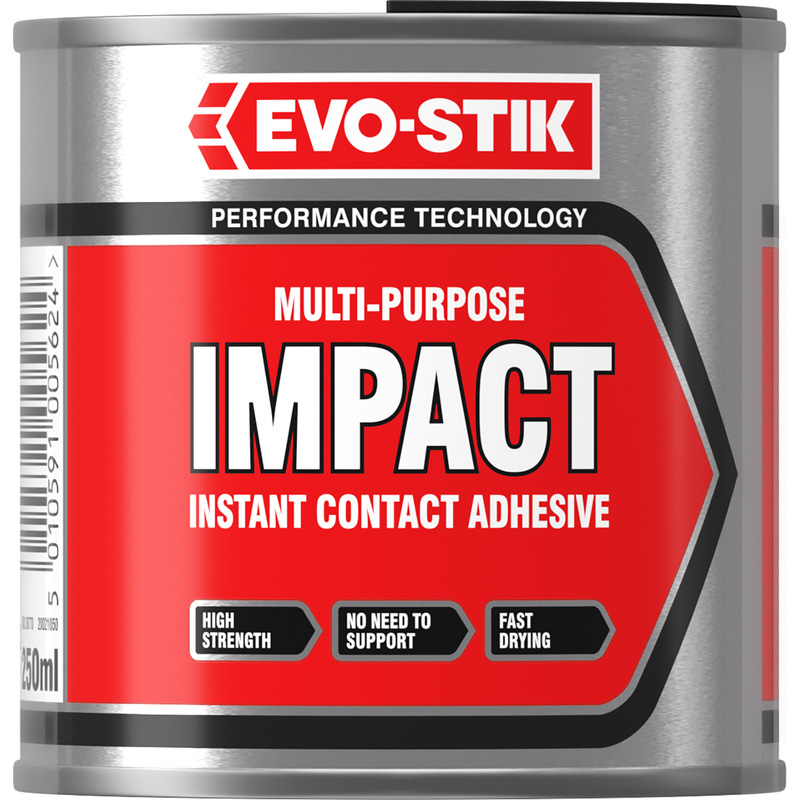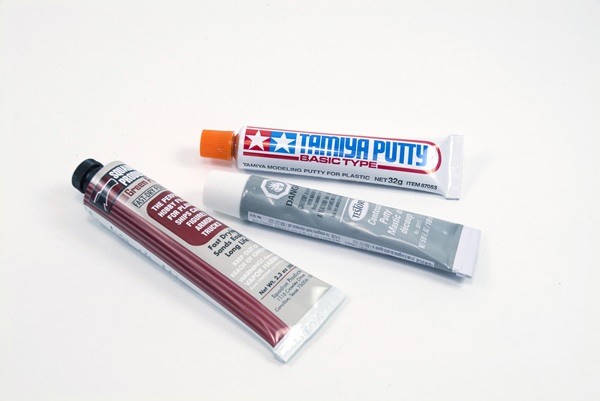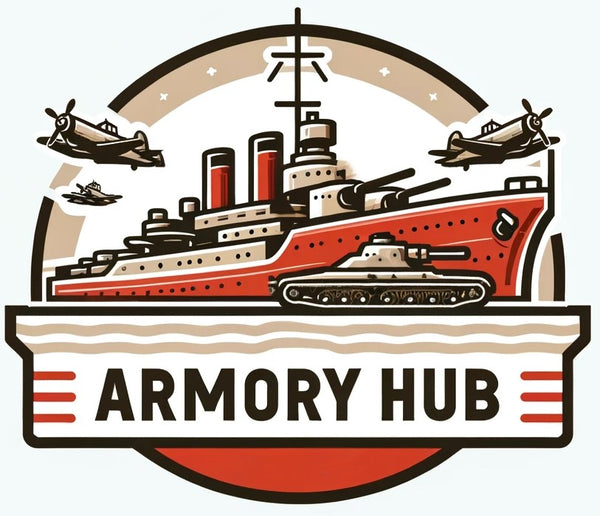Welcome to the fascinating world of scale modeling! Whether you're building aircraft, armor, ships, or miniature figures, one essential skill that greatly affects the outcome of your project is knowing how to choose and use the right glue. This guide will introduce you to the various types of glue available for scale models and help you understand which glue is best for your specific project needs.
The Importance of Choosing the Right Glue
The choice of glue can make or break a scale model project. Different materials require different types of glue, and the strength, drying time, and flexibility of the glue can all impact the assembly and durability of the model. Understanding the properties of each type of glue will ensure that your model holds together well and looks great for years to come.
Types of Glue for Scale Modeling
Plastic Cement
The most common in plastic scale modeling world. A number of brands are available around the globe. The most common being Tamiya's cement/extra thin cement.
- Best for: Polystyrene plastic, common in model kits.
- Drying Time: Medium.
- Properties: Welds plastic pieces together by melting the contact points. Provides a very strong bond. left moderate mark after drying.
- Notable brand: Tamiya Cement, Testors Cement, Duco Plastic Cement

PVA Glue (Polyvinyl Acetate)
From time to time we run into non-plastic parts like wooden decks, grass or rocks. That's where PVA glue comes in. The other major application of PVA glue is on transparent parts. They generally turn clear when dried, leaving less marks to your window or canopies. White glue is a common type of PVA glue.
- Best for: Wood, paper, and some plastics.
- Drying Time: Slow to medium, allowing for repositioning.
- Properties: Non-toxic, dries clear, and provides a strong bond once cured. Ideal for dioramas and scenery.
- Notable brand: Elmer's, VMS, or any grocery shop PVA glues.

Superglue (Cyanoacrylate)
What if you don't have plastic cements in hand? Supermarket superglue can save you till the cements arrives. It sets really quickly and generally do not break easily. So be extra cautious applying them. The up side is superglue binds with metals. So they are ideal to put together etched metal parts.
- Best for: Metal, resin, and plastic.
- Drying Time: Very fast, sets in seconds.
- Properties: Creates a very strong bond. Be cautious of its quick setting time and potential to bond skin.
- Notable brand: Gorilla, Loctite, or any common superglues.

Epoxy Resin
Okay I have to admit I have never used epoxy resin in actual kit building, but nonetheless they are one of the glues used in scale modeling. Mostly they are used to making dioramas such as sea or water ponds. Once dried they are usually clear like the PVA glues, and they often keep the volume. This means epoxy resin is more like solidify than dry. The do bond parts together though, very very strong once it is cured.
- Best for: Heavy-duty bonding of metals, plastics, and more.
- Drying Time: Varies, with some setting in minutes and others taking hours.
- Properties: Extremely strong, waterproof, and can fill gaps. Comes in two parts that must be mixed.
- Notable brand: Craft Resin, Milliput, Gorilla, or any notable epoxy resin brand online

Contact Cement
Another unconventional adhesive of choice. Contact glue is not made for delicate parts of scale modeling. But if you are making large kits or dioramas that contains large parts, this can be your choice. Contact glue is one of the few glue here that can be taken apart and put together a couple of times without worrying to much about applying a new layer.
- Best for: Large surface areas and materials requiring a flexible bond.
- Drying Time: Medium to fast.
- Properties: Needs to be applied to both surfaces and allowed to dry before joining. Waterproof and durable.
- Notable brand: UHU, Bison, EVO-stick.

Modeling Putty
Since we are talking about mushy parts, let's put putty in here as well. They are a type of non-sticky epoxy material which solidify open to air. Most common use of putty is to create smooth surfaces before painting/priming. There will be future blogs about putty specifically.
- Best for: Filling gaps and seams.
- Drying Time: Varies.
- Properties: Not glue per se, but essential for preparing surfaces for painting.
- Notable brand: Revell, Tamiya and most well-known model brand

Choosing the Right Glue for Your Project
When selecting glue, consider the materials you are bonding, the bond strength required, the working time you need, and any specific conditions like flexibility or waterproofing. Always test on scrap materials if possible, and read the manufacturer's instructions carefully.
Tips for Using Glue in Scale Modeling
- Work in a well-ventilated area.
- Use gloves when handling strong glues.
- Apply small amounts to prevent overflow and mess.
- Allow adequate drying time for the best bond.
- Securely close the cap after use and try use them up once opened. Apart from epoxy resin, most adhesives dry out overtime.
Conclusion
Understanding the different types of glue and their applications is crucial for successful scale modeling. By choosing the right glue for your project, you ensure that your models are not only strong and durable but also that they look professional and polished. Happy modeling!

